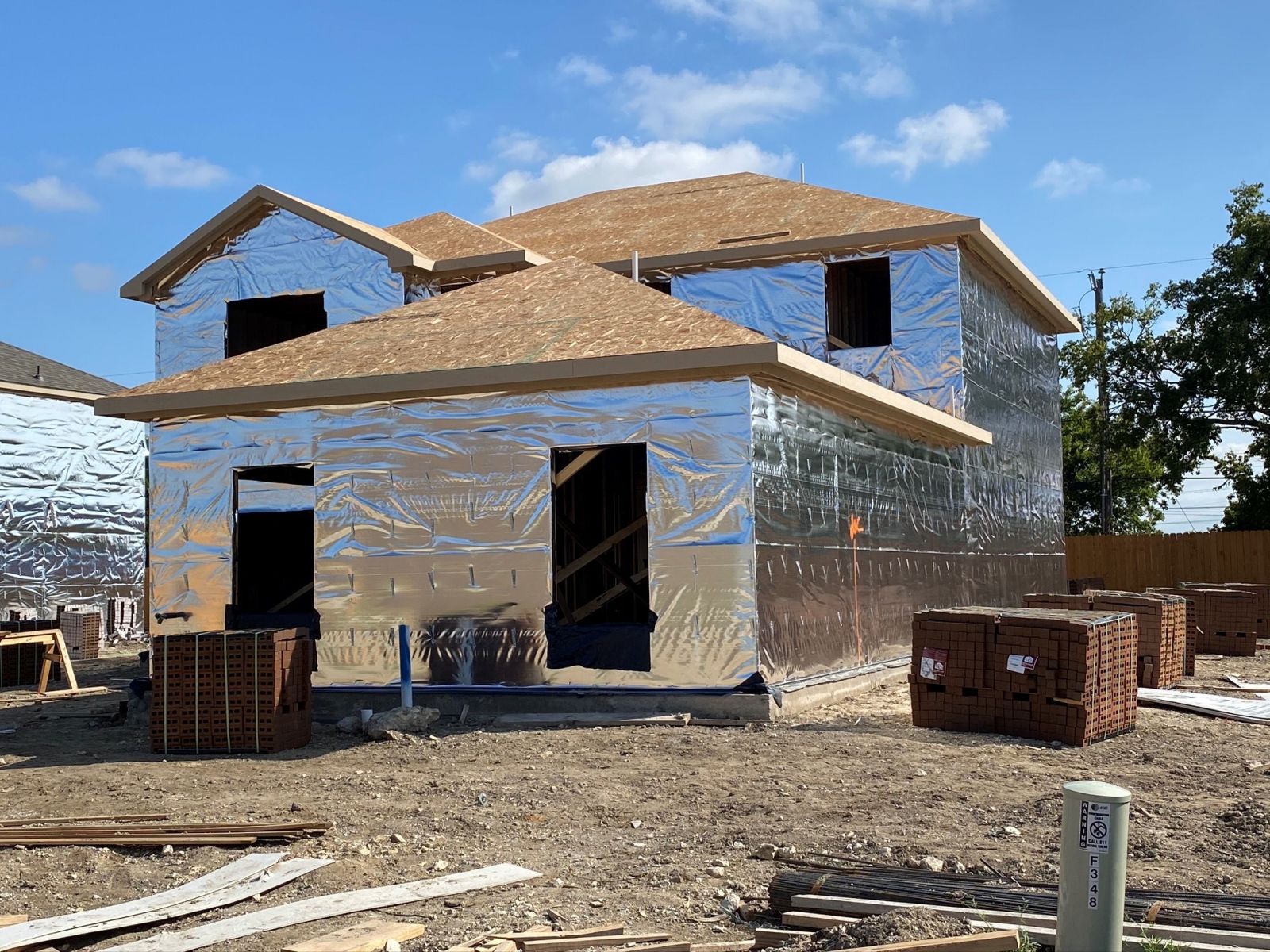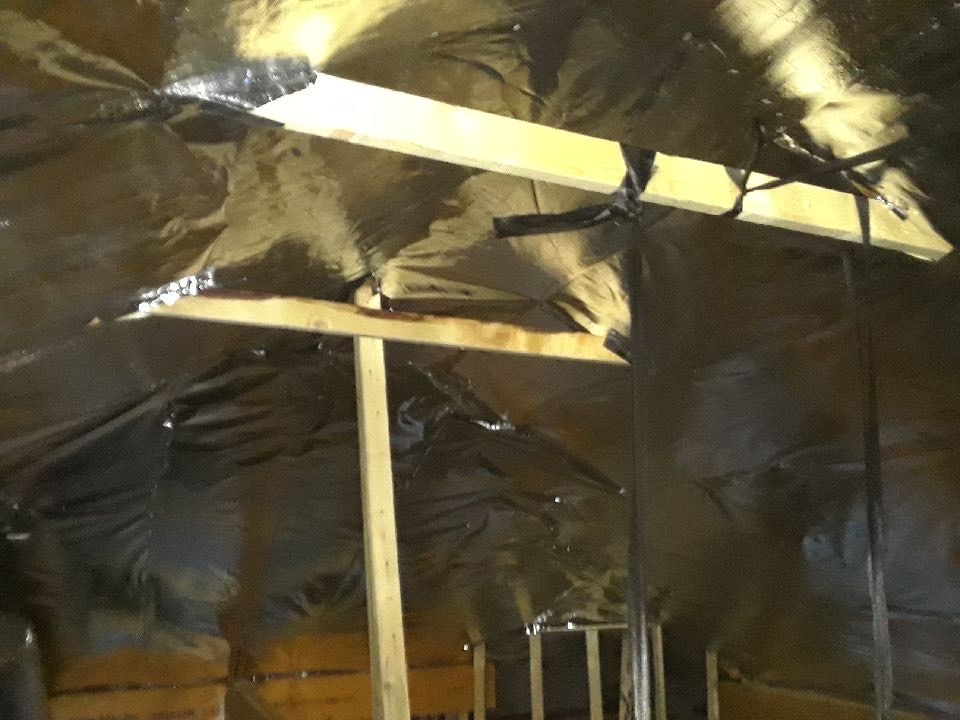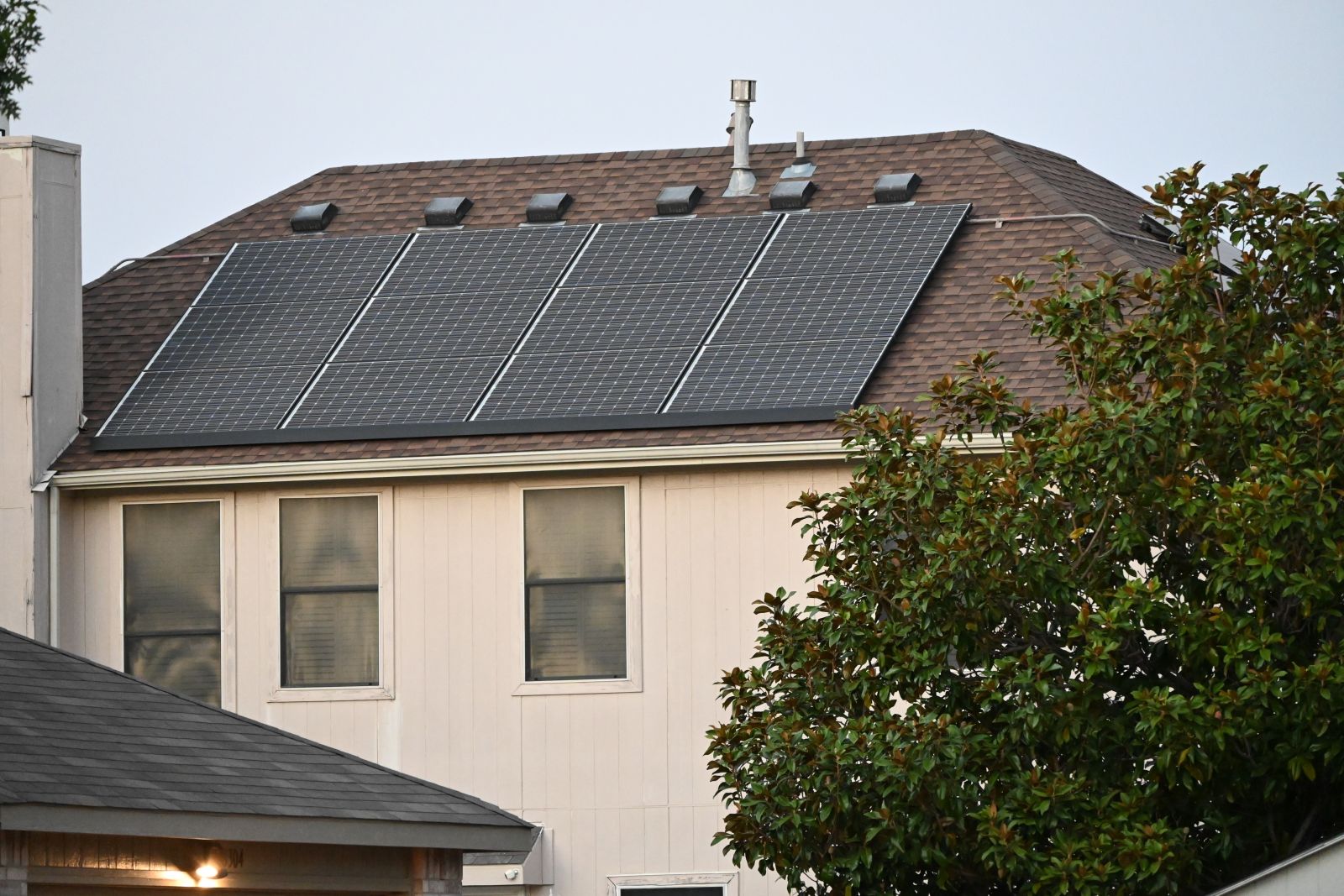One Simple, Overlooked Strategy Homeowners Can Use to Maximize Solar Energy Savings
The ability to harness energy from the sun and convert that energy into electricity is one of the greatest technological advancements of the modern era. In a world still largely powered by fossil fuels, solar provides a clean alternative that more people are starting to adopt. With solar panels becoming affordable and accessible to residential consumers, many homeowners are eager to learn how the technology works, but have questions about cost and how to maximize energy efficiency.
Solar panels generate electricity through a process called the Photovoltaic Effect. Solar panels consist of photovoltaic cells linked together that capture and absorb the sun's energy. From there, the solar energy is converted into DC electricity. Wiring captures and combines the electric current. A solar inverter in the panel converts the DC current into AC electricity in a usable form to power lighting, heating, appliances, and other home electricity needs. Excess electricity that is not used flows into the electric grid, where it can be used by others or stored for nighttime or cloudy days. Many power companies offer solar consumers rebates for the excess energy that their panels produce, which results in smaller monthly energy bills.

The question becomes: how can homeowners maximize their rebates and savings after installing solar panels?
Since solar panels can generate and support electricity for the entire home (including HVAC, water heating, and appliances) it is important to consider how energy is being used on a day-to-day basis.
According to the U.S. Energy Information Administration (EIA), space heating and air conditioning accounted for up to fifty percent of residential electricity use in 2015. While maintaining a comfortable indoor temperature is essential in the summer and winter, there are actions that homeowners can take to reduce their energy consumption without sacrificing comfort.
 To reduce electricity use during the summer and winter, homeowners are frequently advised to adjust their thermostats, cover windows at night, and leave vents unobstructed. While these are useful tips for conserving energy, there is one simple solution that is often overlooked entirely: effective insulation. Specifically, insulation in the attic.
To reduce electricity use during the summer and winter, homeowners are frequently advised to adjust their thermostats, cover windows at night, and leave vents unobstructed. While these are useful tips for conserving energy, there is one simple solution that is often overlooked entirely: effective insulation. Specifically, insulation in the attic.
Because warm air rises above cooler air, the attic - at the highest point in the home - is the primary source of heat loss in the winter. In the summer, the reverse is true: radiant heat from the sun enters the attic space and gradually descends to lower floors. As a result, homeowners feel the need to normalize the temperature by turning up the air conditioning or heat - leading to more energy consumption and a higher bill.
Thoroughly insulating the attic can reduce the transfer and loss of energy in the summer and winter months, saving electricity and securing a rebate on your energy bill. But with so many different types of insulation to choose from, including fiberglass, foam, cellulose, mineral wool and more, what is the best and most-cost effective option?
First, it is important to consider the "R-value" of the insulation. The R-value represents how well the insulation prevents the transfer of conductive heat into or out of a space. The higher the R-value, the more heat the insulation can absorb without transference. (Often, the better the insulation does this, the higher its cost). The attic is typically the place in the home that requires the highest R-value insulation. But that doesn't necessarily mean that the highest value on the market is required. Depending on the climate, the R-value needed can vary. See the U.S. Department of Energy's guide on how to select the correct R-value for your specific climate.

Although R-value is one of the most revealing measures of efficiency, not every type of insulation has an R-value. Radiant barrier insulation, for example, has no R-value measurement. Unlike conventional insulation, radiant barrier reflects heat instead of absorbing it. In the summer, for example, an attic insulated with radiant barrier would reflect the sun's energy back to the source. The process of heat transfer is not delayed by absorption - it is bypassed almost entirely.
Radiant barrier insulation reflects 95 to 97 percent of radiant heat back to its source, making it a highly effective method of preventing fluctuating attic temperatures. According to the Department of Energy, installing radiant barrier can drastically lower attic temperatures by over twenty degrees, and potentially cut air conditioning bills in half.
Radiant barrier insulation is often cost-effective, easy to install, and compatible with existing foam or fiberglass insulation. It does not interfere with the function of solar panels, and can even help reduce the amount of solar energy needed to power a home.
Whichever option you choose, keep in mind: the attic is the key to controlling household temperatures. With effective attic insulation, you can unlock higher rebates and savings on your energy bills.
Herman Torre is Radiant Barrier Product Manager at Innovative Insulation, a manufacturer of foil and reflective insulation products.
Innovative Insulation | www.radiantbarrier.com
Author: Herman Torres
Volume: 2020 November/December











.png?r=2076)
